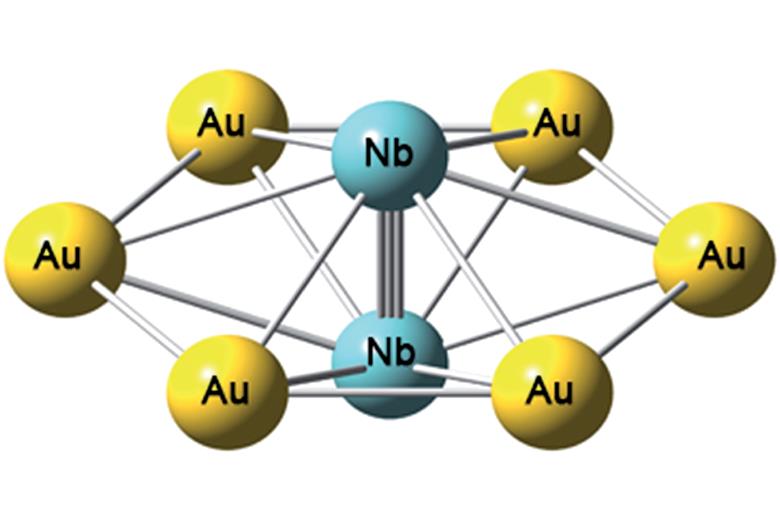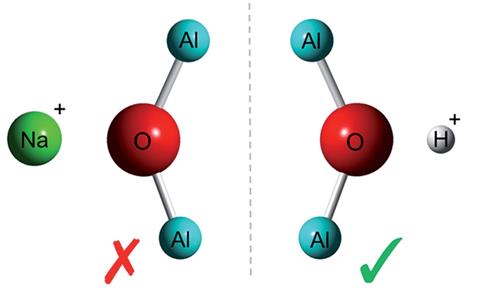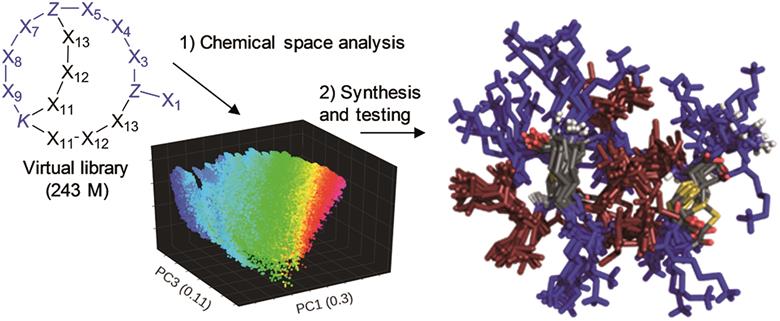Researchers in China and Singapore have designed a new platinum electrocatalyst for the hydrogen evolution reaction that outperforms existing catalysts and also performs better than theoretical calculations suggest it should.
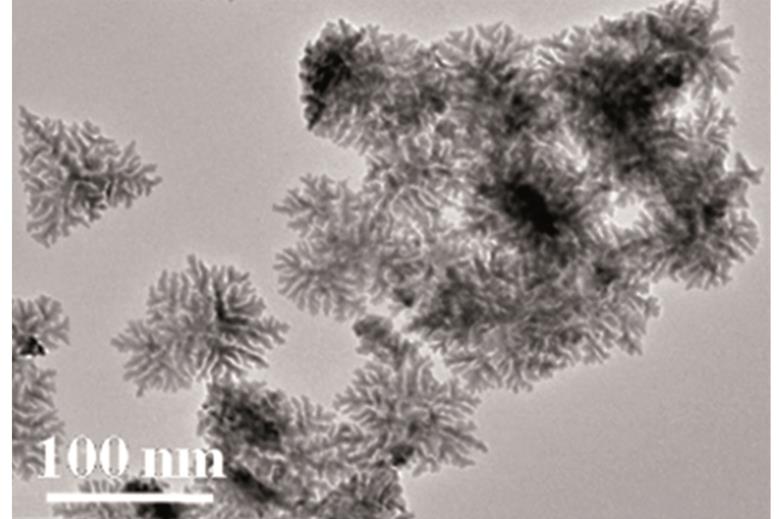
Source: Royal Society of Chemistry
Transmission electron microscopy image of the new electrocatalyst showing its branched structure
Hydrogen can serve as a clean fuel, and electrochemical water splitting through the hydrogen evolution reaction is one way to generate this valuable resource. Many current electrocatalysts for the hydrogen evolution reaction are based on platinum, which, although expensive, can be very efficient. Researchers are always looking to improve the efficiency of platinum electrocatalysts to make the hydrogen evolution reaction a suitable replacement for fossil fuels.
Read the full story by Suzanne Howson on Chemistry World.











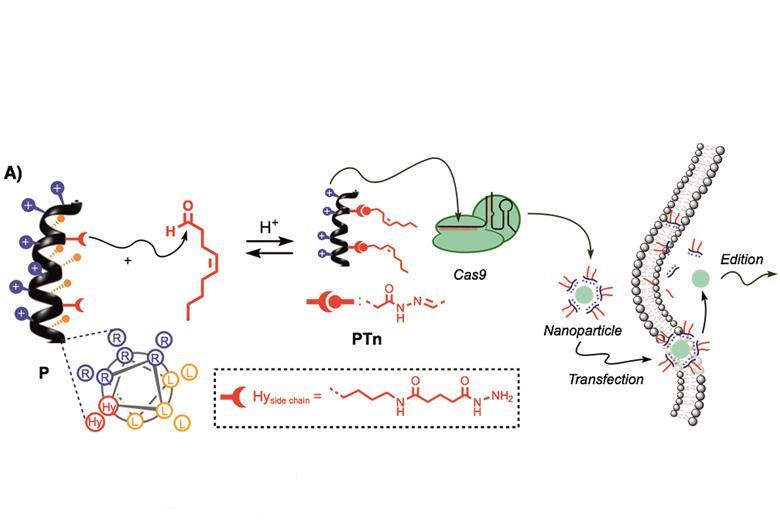
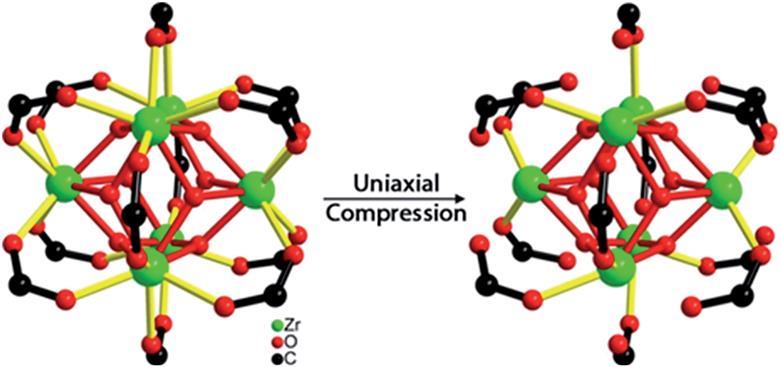

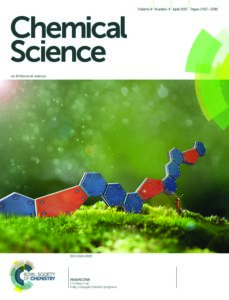 Open Access Week is taking place on 23 – 29 October 2017! This global event is entering its 8th year, and is an opportunity for the research community to learn about the benefits of open access.
Open Access Week is taking place on 23 – 29 October 2017! This global event is entering its 8th year, and is an opportunity for the research community to learn about the benefits of open access.